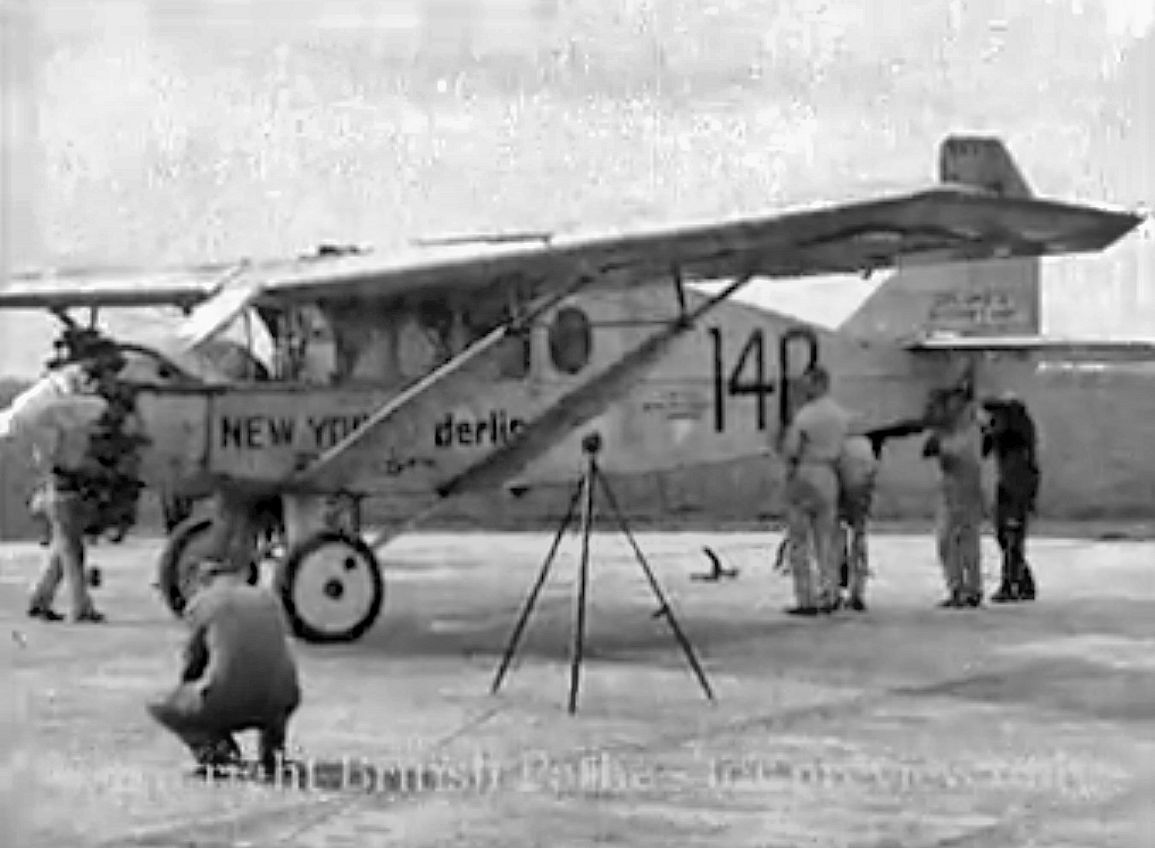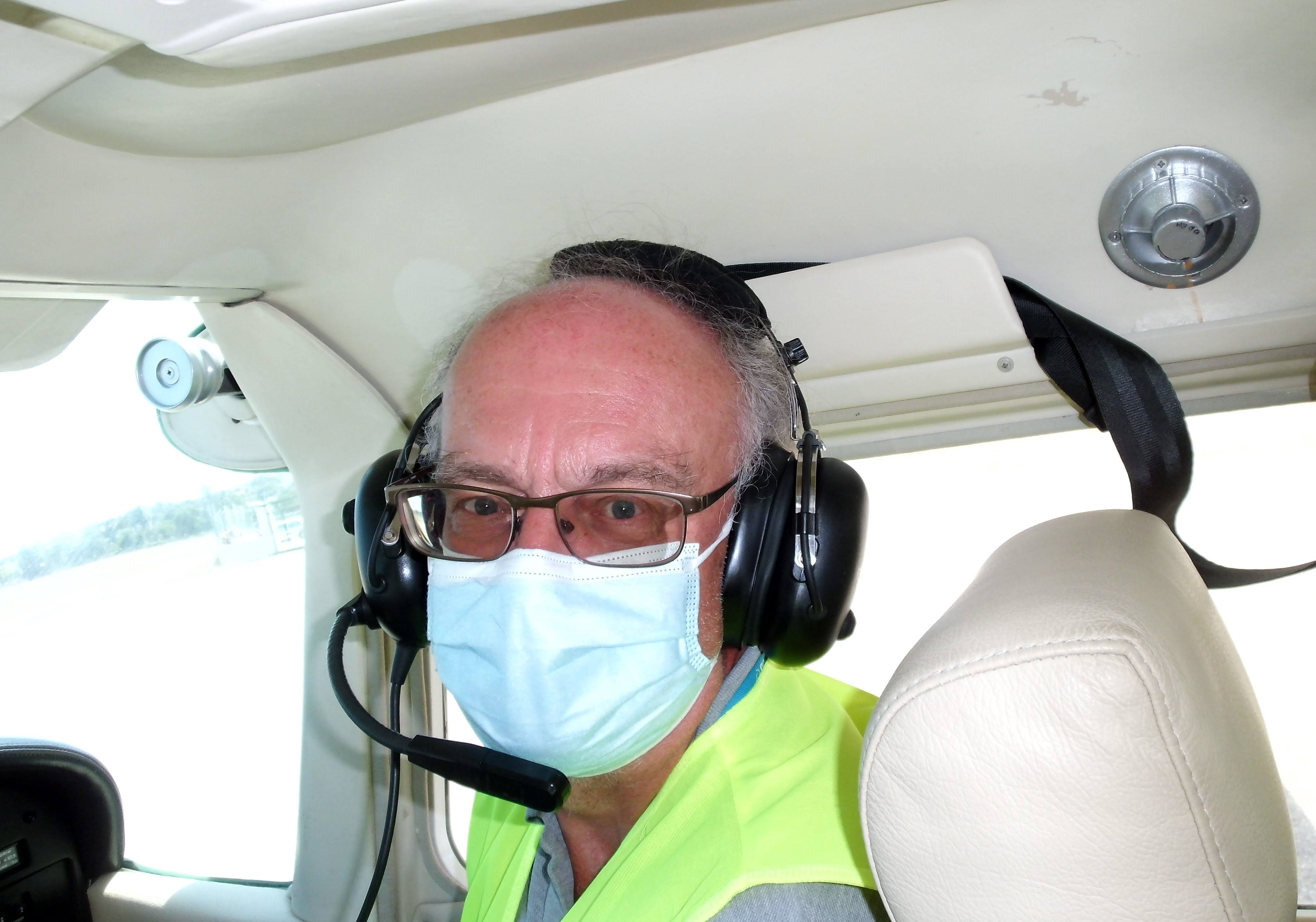|
30 July 1927. Nottingham (Bournemouth refused to host it) Weather: low cloud and showers early on. The Story of the race: The handicap formula, so much praised the previous year, had been tarted up a bit, and was a complete disaster. See here for the details - but anyway, there were 11 withdrawals before the start, and a further 10 dropped out during the race. Not a great success, on the whole...
Starters: 16 (out of 27 entrants). Finishers: 6 Did not start:
|
|||||||||||||||||||||||||||||||||||||||||||||||||||||||||||||||||||||||||||||||||||||||||||||||||||||||||||||||||||||||||||||||||||||||||||||||||||||||||||||
The Aviators |
|
Hon. Lady Mary Bailey Royal Aero Club Certificate No. 8067 (26 Jan 1927) |
|
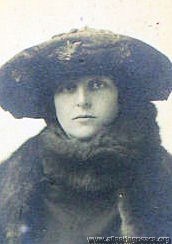 1927, aged 37 1927, aged 37 |
1930, aged 40 |
|
The Hon. Mary Westenra, b. 1 December 1890 in London but brought up mainly in County Monaghan, Ireland. Her family's home was Rossmore Castle, which was a grand affair built in the 1820s, with turrets, a vast drawing room and servants' quarters, not to mention about 20 cottages on the estate:
Here she is, with her brother Willie, and parents (Mittie and Derry) on a set of steps by the house, in 1913:
I visited County Monaghan in 2014 and asked in the local museum if they knew where the house was. 'Oh yes' they said, 'but it was demolished forty years ago'. It seems that it became severely infested with dry rot in the 1940s, was abandoned and, indeed, demolished in 1975. Anyway, here's all that's left of it now:
Mary married South African mining magnate and white suprematist politician Sir Abe Bailey in September 1911 (so, she was 21, he was nearly 47; his first wife had died in 1902 and he already had two children). They then had five more children - 2 boys and 3 girls. She learnt to fly at the London Aeroplane Club in 1926. She was the first woman to fly across the Irish Sea 'by the long route' from Chester to Dublin, the following August. The following March (1928) she began a solo tour to Cape Town, via Malta and then Cairo. Here, her plane was locked away by order of the Governor-General of the Sudan to prevent her from continuing alone, so she contacted Dick Bentley (who had flown to the Cape a few weeks before) to escort her in his own aeroplane over the "dangerous area of the southern Sudan". She then crashed in Tanganyika, writing off her aeroplane (she said it was her fault), but Abe made arrangements for a replacement Moth to be delivered from Pretoria and she continued, despite having 'flu. Abe was there to meet her when she arrived at the end of April. The return journey was made via the western 'French' route - the Belgian Congo, Angola and the French Congo. She finally arrived back at Croydon on 16 January, 1929, 10 months after she left. It was "undoubtedly one of the finest performances ever put up by a woman pilot." Lady Bailey was "so modest, so vague and so charming", and was "surprised that anyone should make a fuss about her journey". A Director of National Flying Services in 1929, (with Frederick Guest, Colonel the Master of Sempill, Alan Cobham, etc); she was also awarded the Brittania Trophy by the Royal Aero Club, and then made a Dame of the British Empire in 1930 for "services to aviation".
At the Chateau d'Ardennes in 1930
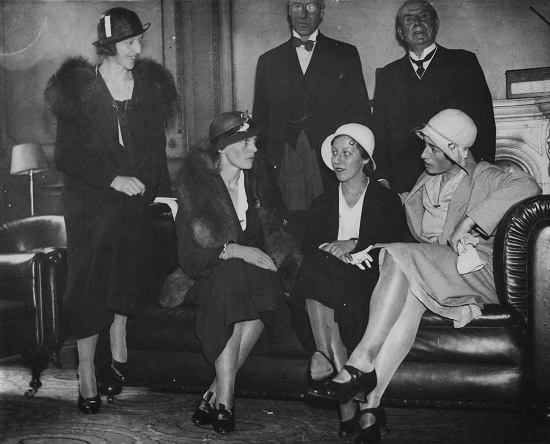
She was a guest at Amelia Earhart's reception at the Royal Aero Club in May 1932.
In early 1933 she gave everyone a scare by disappearing for several days on another solo flight to Cape Town; thankfully, she had only got lost, run low on fuel and landed safely in the Sahara. [Bert Hinkler, who disappeared at about the same time, was killed in the Alps]. She then flew back to England and almost immediately went down with a bout of typhoid, but recovered in time to compete in the King's Cup later in the year.
After that, she concentrated on looking after their horses, giving and attending loads more balls and receptions, and marrying off their many children. When Abe died in 1940, she settled near Cape Town (still keeping a house in Rutland) and died there 29th August 1960 aged 69.
Lady Mary's aeroplanes were: a 1926 DH.60 Moth (G-EBPU), a 1927 DH.60X Moth (G-EBSF, the one she crashed in Tanganyika), the replacement DH.60X Moth (G-EBTG, which Abe bought in Nairobi); a 1928 DH.60G Gipsy Moth (G-AABN); a 1929 DH.60G Gipsy Moth (G-AAEE) and a 1930 DH.80A Puss Moth, G-AAYA.
|
|
|
Capt Hubert Stanford Broad MBE AFC
|
||
|
b. 18 (or 20) May 1897 shot through the neck in WWI by one of Richtofen's Red Circus pilots; [c.f. Angus Irwin]; second in Schneider 1925, to Jimmy Doolittle. In 1928, he spent possibly the most boring 24 hours of his life by beating 'all existing figures' for long endurance flights in light aeroplanes (unfortunately there was no official 'record' to beat as such, the FAI not recognising such things). His log makes, um, rivetting reading: --0--0--0--0--0--0--0--0--0--0-- 5:30pm: Hendon 7:40pm: Gloucester 8:30pm: Coffee and sandwiches 11pm: Over Central London, 3,000ft; watched theatre crowds leaving Midnight to dawn: Remained over Edgeware 2:30am: second meal 4:10am: First signs of dawn 5:10am: Biggin Hill. Saw night bomber in air ... Noon: Stamford. Very sleepy 4:30pm: Ipswich --0--0--0--0--0--0--0--0--0--0-- Having trimmed the controls, Hubert settled down and read 3 complete novels 'to relieve the boredom'. When he finally landed, he he said that he was very stiff with cramp, and promptly went home to sleep. His Moth still had 12 gallons of fuel, so it could have kept going for another 4 1/2 hours... He was named as co-respondent in Beryl Markham's divorce in 1939. de Havillands test pilot until 1935 (Bob Waight succeeded him) - broke the world's speed and height records for light aircraft in the original monoplane Tiger Moth, then joined RAE Farnborough; Hawker test pilot post-WWII; died 1975 FLIGHT MARCH 28TH, 1946 No. 2. CAPT. H. S. BROAD, Senior Production Test Pilot, Hawker Aircraft Co. FOR sheer wealth of flying experience it is doubtful whether there is another pilot in the world to equal Hubert Broad. He has flown everything from diminutive single-seaters to multi-engined--bombers, and including a number of out-and-out racing aircraft. His logbooks, of which he has filled some nine or ten, total over7,500 hours' flying time and 182 separate types. These are honest types—not modifications or different mark numbers of the same aircraft. Many of these he has also flown as seaplanes. Broad, at the age of nineteen, learnt to fly at the Hall School of Flying at Hendon in 1915. The aircraft on which he made his first flight (there was no dual, a pupil did straights across the airfield until he felt it was safe to do a circuit)was the single-seater Caudron with35 h.p. Y-type Anzani engine. Believe it or not, with this tiny horsepower the Caudron occasionally was made to stagger into the air with two people on board, but the passenger had to sit on the wing by the side of the nacelle. Early Days The end of 1915 found Broad in the R.N.A.S. at Eastchurch, and he was on the very first course at Cranwell, which was then a R.N.A.S. establishment rejoicing in the name of H.M.S. Daedalus. His first tour of duty at the front was with No. 3 Squadron at Dunkirk. He was among a number of pilots lent by the R.N.A.S. to the R.F.C. No. 3 Squadron flew Sopwith Pups, and it was while he was on one of these, escorting a bombing raid by 90 h.p. R.A.F.-engined B.E.s, that he was shot through the neck by one of Richtofen's later Goering's—Red Circus pilots. On recovery he spent a while as an instructor at Chingford and then went for his second tour of operations with No. 46 Squadron, who flew Sopwith Camels. The end of the 1914-18 war found Broad instructing at the Fighter Pilots' Flying School at Fairlop. Peace found him, as it found so many other young fellows ,with the ability to fly aircraft superbly and no other means of making a living. But a good living could be made by joy-riding in the early 1920's. First he joined the Avro Company, who were running joy-riding in a fairly big way, and in 1920 went to the Adiron Lakes in America with two Avro 504 seaplanes. These two aircraft saw their last days in Long Island, where they were completely wrecked by an autumn gale. By the next year he was back in England competing in the Aerial Derby air race round London on a Sopwith Camel. He finished 6th.In October, 1921, Broad joined de Havillands. Those who know this great concern now will smile to learn that when it started in those days it consisted entirely of two fabric hangars and a hut at Stag Lane. If memory serves, the capital of the company at that time was £100. The D.H. series numbers, which started in the Aircraft Manufacturing Co. Ltd., were carried on in this new firm, and Broad flew every one of the D.H. designs from the D.H.27 to the D.H.90. In the same period he did a lot of test flyingfor other aircraft constructors. He did the W.10, Handcross, Hendon, and some others for Handley Pages, the Parnall Pipit and the Saunders A. 10 fighter. On the Gloster Grebe he ran into wing flutter for the first time (this trouble, in those days, was on a par with the compressibility troubles we have now). Seaplane testing Another big job he did was most of the development work on the Gloster II and III racing seaplanes. Over a period I used to go with him to Felixstowe regularly. As a Press man I was forbidden the precincts of the R.A.F. seaplane station, but there was a perfectly good Great Eastern Railway pier alongside the station. I used to climb over the fence and watch the proceedings from the pier head. Broad nearly lost his life there one day in October,1924. As he was landing the Gloster II a forward strut to the floats collapsed, and the aircraft turned completely over. Mrs. Broad was watching from the shore, and it seemed a very long time before Hubert appeared on the surface. In 1925 Hubert Broad flew the Gloster III racing seaplane in the Schneider Trophy contest which was held that year over Chesapeake Bay in America. This was the race in which Henri Biard, flying the SupermarineS.4—the true forerunner of the Spitfire—crashed in the water with wing flutter. Broad finished this race second to Jimmy (now General) Doolittle. That must have been a vintage generation, because many names from that period have found their way into the high-spots of this last war. With the advent of the D.H. Moth in all its variants, Broad was to be seen performing aerobatics at most flying club meetings and entering many of the races. These included the King's Cup Race, which he won in 1926. He was flying a delightful Cirrus I Moth, which was a study in ivory and red. His average speed over the whole732 miles was 90.4 m.p.h. His piece de resistance in aerobatics was a perfectly formed big loop, the base of which was only some 150ft from the ground. It was a joy to behold, but very dangerous to perform. Broad had sufficient sense to realise this and sufficient courage to stop doing it. "Hooked" It was during an aerobatic show that Hubert had his closest shave in a life packed with incident. And it was so simple. Flying a D.H. Tiger Moth with no one in the front seat, he did a slow roll—a stunt at which he was a master. The safety belt in the empty cockpit was loosely done up. While the Moth was inverted the belt hung down and, as the aircraft turned the right way up again, the belt came back over the joy-stick. The result was that Broad had only about 1 1/2 inches of stick movement; but, nothing daunted, he made a sort of tail-up, seaplane landing. In this connection it is to be remembered that there were no lovely 2,000-yard runways on which to this sort of thing. In those days there was not a single runway available in Britain; not even for the take-off of over-loaded aircraft for long-distance records! Another unhappy moment occurred when he found the tail trim (the incidence of the whole tailplane was adjustable)of a D.H.34 had been connected in reverse. By a good deal of jockeying he managed to get into Northolt. On yet another occasion a careless mechanic left a screwdriver jammed in the chain and sprocket of the rudder actuating gear. This necessitated a down-wind, crosswind, finishing up into-wind landing at Hendon airfield, because that was a bit bigger than Stag Lane. One of the prettiest little aircraft he ever flew was the original D.H. Tiger Moth monoplane. This was tailored exactly to fit Broad. Physically he is not of big stature and few other pilots could get into the machine. In the front of the cockpit was a bulkhead which had two holes just large, enough for the feet to be threaded through, and these holes had to be padded with sorbo rubber so that Broad's shins did not get barked while landing and taxying. Springing was almost non-existent. Span was22ft 6in and length only 18ft 7m. In August, 1927, on this machine he broke the world's record for light aircraft for both speed and height. For the former the figure was 186.47 m.p.h., he having taken19 min 59 sec to cover the 10 km, and for altitude he reached 20,000ft in just 17 min. A year later he took two more world's records on the D.H. Hound. In 1935, after 20 wonderful years of service, he left de Havillands and later did some flying for the Air Registration Board. From here he went to the Royal Aircraft Establishment and finally joined Hawkers to be in charge of all their production testing at Langley. He will be 50 in a matter of a few weeks, yet every day sees him at oxygen height testing Tempest IIs. As he says, he has gone from 35 h.p. in the Anzani to over 3,000 h.p. in the Centaurus and Sabre VI, and from 2 ½ lb/sq ft in the Caudron to 40 lb/sq ft in the Tempest II. |
|
Maj (later Flt-Lt) Paul Ward Spencer 'George' Bulman CBE MC AFC
|
||
|
Universally known as 'George'; after WWI, test pilot at RAE Farnborough until 1925, then chief test pilot at Hawker Aircraft, where he took over from 'Fred' Raynham.
It was at his instigation that the Hurricane was fitted with a variable-pitch propeller, "The improvement in performance was so impressive that the result was a panic of refitting of airscrews, and the effect on the outcome of the Battle of Britain can be imagined." Harald Penrose said he was "a great little man, eager yet cool, eyes crinkled in a smile, bald head gleaming as he climbed helmetless into the cockpit". d.1963
Britain's Test Pilots Flight, 4th April 1946: “GEORGE” BULMAN might never have been known in the aircraft industry had he continued at his original occupation. In fact, he would have been more nationalized than he is now, because he started his business career in the Bank of England. Perhaps that is where he got his meticulous attention to detail. Group Capt. Bulman is seldom known by his proper Christian name Paul, and it is interesting to learn how he ever came to be known universally as "George." He always confessed to a shocking memory for names, and during the 1914-18 war addressed almost everyone as "Colonel" or "General." When peace came, a civil edition had to be found, and his friends and acquaintances became Georges. They, in their turn, called him "George" Bulman. A little more than a year before the Royal Flying Corps became the Royal Air Force in April, 1918, Bulman learnt to fly on a "Rumpety" (Maurice Farman Longhorn) of No. 4 Reserve Squadron at Northolt. Previous to this he had been in the Honourable Artillery Company, but was dead keen to become a motor cyclist despatch rider. A motor-cycling friend, however, managed to persuade him that flying was the thing really worth doing, and got him transferred to the R.F.C. After his training, "George” was with fighters exclusively. First in No. 46 Squadron under Major (now Air Marshal, retired) Philip Babington, flying Sopwith Pups and then with No. 3 Squadron, when it changed over to Sopwith Camels. He went to No. 3 as a fighter expert, and in the fighting at Courtrai these tiny Camels—carrying four 20lb bombs each—operated with the tanks. This was the birth of the operations by Typhoons, the direct descendants of the Camel, in the Falaise Gap in the Battle of Normandy nearly 30 years later. It is impossible to get Bulman to talk about his deeds in the 1914-18 war. He was heard to let it slip on one unguarded occasion that he was a bloodthirsty young man, but farther than that he never goes. Asking how many enemy aircraft he got to his credit always brings the same answer: ''We flew as a Flight, and did no individual operations. All victories belonged to the Flight.” Nevertheless, he was awarded the Military Cross for his share. First Test Work At the close of hostilities in1918 he was granted a permanent commission, and almost immediately took up his first test flying. He was posted to the Daimler airfield at Radford, where Sopwith Snipes and S.E.5AS were produced, and shortly afterwards went to the ferry pool in the Midlands at Castle Bromwich. Here experience on twin-engined types was gained as the unit had to test and ferry D.H.10s (made by the Birmingham Carriage Co.) and Handley Page 0/400s. It was because of his work here that he came to take up test flying as a permanent occupation. There happened to be a number of one-engined failures on the D.H.10s which had caused some loss of life among the ferry pilots. "Farnborough“ was investigating the trouble, and "George" took one to Farnborough to replace a crash. He had found the trouble in the petrol system, and the outcome of a talk on this with Roderic Hill (now Air Marshal Sir Roderic) resulted in an invitation to join Farnborough. That was in 1919. His test flying at the R.A.F. dealt exclusively with engines, and the period between 1919 and 1925 proved to be a fascinating one ; as he puts it,'' ironing out the bugs of the air cooled radial engine." The team with whom he worked took the radial out into the world. While at Farnborough he did a certain amount of testing for Blackburns, and, among other types, flew the Cubaroo, Blackburn, Beagle and Airedale. In view of the development to-day in helicopters, it is interesting to remember that 20 years ago, at Farnborough, he flew the Brennan helicopter, which had all the basic elements of the successful modern types. It was flown while partially moored in the old balloon shed. About 1924 there came into existence the R.A.E. Aero Club, of which Oliver Simmonds (now Sir Oliver of Aerocessories) was the secretary, Mr Child the designer, and Bulman the chairman and competition pilot. A monoplane—the Hurricane—with triangular-section fuselage, was built by the members and fitted with a horizontally opposed engine, first a 600 c.c. Douglas motorcycle engine and later a 30 h.p. Bristol Cherub. This contraption nearly wrote "George" off. Vibration from the twin-cylinder engine was prone to shut the petrol off because the cock employed was one of the very ordinary "slide with a hole in it" models common to motor bicycles. This cock was under the dash and was critical of its setting. Imagine, then, the juggling required when the engine and airscrew stopped dead at 800ft. over Redhill while flying from Farnborough to Lympne for the competitions. He had to dive nearly vertically to get sufficient airspeed to force the engine over compression—no small task with a two-cylinder engine—and at the same time search under the dashboard for the petrol cock. The engine picked up with no height to spare. Display Flying Pilots who could fly as exquisitely as Bulman were very much in demand for the Royal Air Displays, which were then held on the last Saturday in June each year. Since he was already doing odd jobs for Hawkers, and was thes ervice pilot deputed to fly the Hawker Woodcock in 1924,it was natural that he and the Hawker people became well acquainted, with the result that in 1925 he resigned his commission and joined the company. The Horsley was being flown at the time, and Bulman took over the Mark I from Fred Raynham who was one of the very old stagers. Raynham was, I think, the only man who ever had a joystick break off in his hand and have to land the machine (a Handley Page monoplane) by the small socket at the base, letting go every second or so to look over the side to see where he was going. "George" did all the test flying on the Horsley II, including preparing it for thel ong-distance record, which it held for a few hours in 1927 by flying from Cranwell to Jask in the Persian Gulf. It was beaten the next day by Lindbergh flying from NewYork to Paris. If any pilot to-day thinks he is flying an overloaded aircraft let him remember that when the Horsley was filled with fuel ready for the record, it burst its tyres just standing on the tarmac! Starting with the Heron and Hornbill, Bulman was responsible for test-flying all the Hawker prototypes right up to and including the Hurricane. The Fury (biplane) and Hart days were the days he loved. He worked like a Trojan turning good designs into super-good flying aircraft. This good test-flying, allied to his technical knowledge and charm of manner, undoubtedly played a big part in bringing the Hawker concern to the pre-eminence which it now enjoys. Having got Philip Lucas to take on development flying of types later than the Hurricane, Bulman went to the U.S. in May, 1941, as Chief of the Test Branch of the British Air Commission. He had a team of 10 or 11 pilots with him, and they flew all the types of aircraft on order for the British Government, making out flight-test reports on the Boscombe Down pattern. At first this was a civilian job, but after America came into the war he wore uniform and was promoted to Group Captain. Compressibility Recognised It was whilst he was in America that Bulman realised that the peculiar happenings which test pilots were reporting were just what the scientists had foretold would happen when speeds in the region of that of sound were approached. Much experimental work was carried out on the Lockheed Lightning, and Bulman devised a method of flying whereby the effects could be intensified or diminished safely and at will. His notes to test pilots on the subject show a clear-cut appreciation of the problem, and he probably has more practical knowledge on the subject than anyone else. According to Bulman, his test pilot's life was almost devoid of incident—certainly he was always careful to study everything on the ground before taking off—but he has had one or two close shaves. For instance, when he was flying the Leopard-engined Horsley to Denmark, he had a con-rod break over Heligoland. Landing in Germany was forbidden. So, finding that the engine would run at full throttle (imagine the vibration and racket) he flew to Groningen in Holland and landed there. The inside of that engine was a marvel to behold! And here is a story told for the first time. I have had it filed away in a drawer for years. At a Household Brigade Club meeting at Hatfield "George" put up a remarkable show. To the spectators it appeared as if he climbed vertically to 3,500ft, stopped his airscrew and then, flicking into a vertical dive, regained his engine as he pulled out at no feet. What really happened was that he accidentally gave the Hart a little negative g at the top of the climb and this emptied the Kestrel's carburettor. From the wealth of his experience he remembered that an airscrew will start in a pull-out at 3 or 4g even when it refuses to do so in a straight dive. After twenty years' service with the Hawker Company, he gave up the directorship which he had held since 1936, and is now taking a well-earned rest before coming back into the industry. But before leaving '' George '' to sit back for a while, let me quote one more case of how an enthusiastic man can get done a job which has far-reaching results. In 1938 all the Hurricanes had fixed-pitch airscrews, and no official sanction could be got for anything else. Bulman scrounged a Hurricane off contract and got de Havillands to collaborate by putting in a two-speed airscrew. He then borrowed a c.s. governor from the Hamilton Standard Corporation in America. The improvement in performance was so impressive that the result was a panic of refitting of airscrews, and the effect on the outcome of the Battle of Britain can be imagined. |
| Mr Alan Samuel Butler J.P. | |
|
photo: 1921, aged 23 |
Chairman of de Havilland; the story goes that in 1921 he asked the one-year old de Havilland Aircraft Company to build a fast two-passenger touring aeroplane to his specification, and stumped up £3,000 for them to do it. The money saved the company from extinction and they appointed him to the board of directors forthwith. He held the position until he retired in 1950. The aeroplane became the DH37, (which he named, firstly, 'Sylvia' after his sister, then, rather diplomatically, 'Lois', after his wife, q.v.), which he entered in the very first King's Cup Race in 1922 and again in 1924, coming third. He and Lois set up a world speed record of 120mph for 1000 km in 1928, and they also flew to Cape Town together . Entered the MacRobertson Race in 1934 (assigned No 59) but didn't take part. Was still aviating in 1970. |
| Nevill Vintcent OBE DFC | ||||||||||||||||||||||||||||||||||||||||||||||||||||||||||||||||||||||||||||||||||||||||||||||
|
|
|
|||||||||||||||||||||||||||||||||||||||||||||||||||||||||||||||||||||||||||||||||||||||||||||
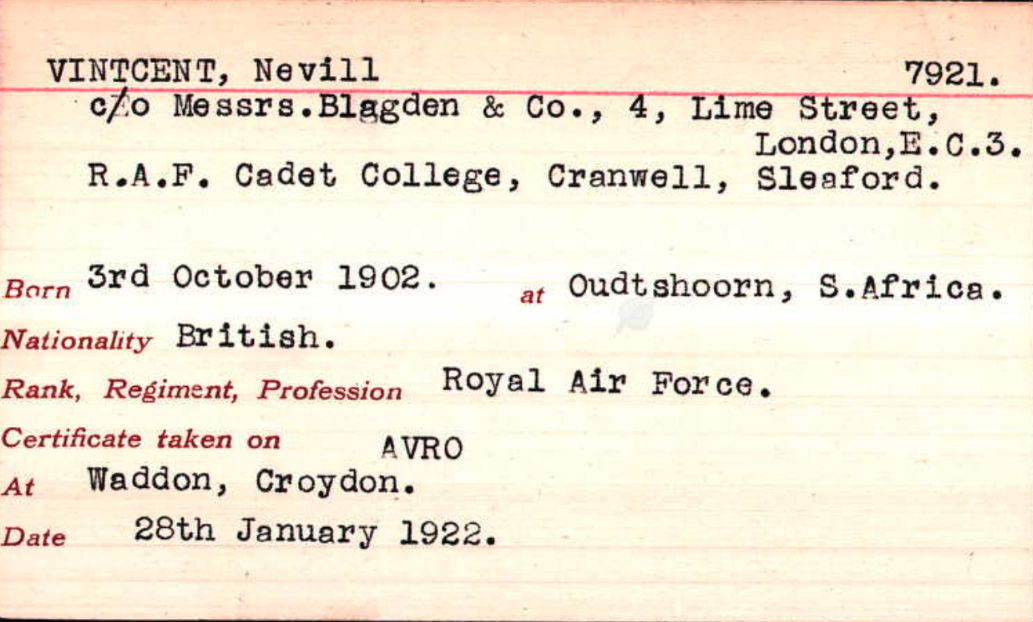 RAeC 1922 RAeC 1922 |
||||||||||||||||||||||||||||||||||||||||||||||||||||||||||||||||||||||||||||||||||||||||||||||
|
b. 3 Oct 1902 in Oudtshoorn, S Africa Father: Charles Henry Vintcent, a South African cricketing all-rounder who played in 3 Test matches beween 1889 and 1892. Mother: Lilian [Jackson] Nevill was commissioned in the RAF in 1922, and served in Kurdistan, Transjordania, Egypt, and Iraq, where he won the DFC in 1924 in unusual circumstances when he had to make a forced landing in the Arabian desert after engine trouble. As soon as the aircraft landed, the local tribespeople came on horses and began to attack. The aircraft had a machine gun at the front of the fuselage. Nevill jumped out of the aircraft, lifted the tail of the aircraft on his shoulders and turned the plane in circles, allowing his co-pilot to fire at the tribespeople and scare them away. He was also a boxing champion in the RAF, and came first in the Cranfield Sports Day "Putting the Weight" competition in 1921 (J. S. Newall, see later, came third). He left in 1926 "for more thrilling opportunities"; air survey work in India, Burma, the Federated Malay States and Borneo. He flew the first air mail from Borneo to the Straits Settlements. He worked as a pilot for the Air Survey Company. Here, from March 1927, is a photo of one of the DH9s owned by the company:
"The party is under the charge of Captain Durward, with Mr. Nevill Vintcent as pilot and Mr. C. R. Thorne as photographer. The scene depicted is the company’s temporary slipway and hangar at Chittagong, Bengal." In Burma, he flew the mail from Rangoon to Tavoy and Mergui, 245 miles, in 34 hrs. "The sea passage takes 48 hrs." And here they are in Port Swettenham, Malaya, in about June 1927:
In 1927 he entered the King's Cup Air Race, flying G-EBDK, a Martinsyde F6 belonging to Leslie Hamilton. However, a new formula to calculate handicap speeds was tried that year, with disastrous results; his aircraft was given 157 mph as a handicap speed, which was completely unrealistic, so he withdrew before the race.
In December 1927, he and F/O J S Newall prepared to fly two DH9s from Stag Lane to Singapore: (l to r) W S King (mechanic), Nevill, Mrs Wise Parker (passenger to Cairo), F/O J S Newall, and W A Charles (photographer). "The two machines will make a survey tour to Singapore, with the object of discovering and operating air routes of medium range between inaccessible but busy centres. Mrs. Wise Parker, seen in the centre of the group, has booked a trip as far as Cairo". Delayed by snow, they finally left on 9 Jan 1928 and duly delivered Mrs Wise Parker to Cairo on February 17, but only after they had been caught in a violent sandstorm in the desert the day before, forced to land and wait for three hours until it cleared. They reached Karachi on 26 April, and that seems to be as far as they got. Nevertheless, it was one of the longest flights of the time. They spent the next two years on holidays, giving joyrides, aerial photography and surveys, and became convinced that there was scope for commercial aviation in India. Nevill was "very enterprising and methodical. He would plan his next stop by sending his bearers ahead by train to check a suitable landing field and the passenger potential, having given the bearer sufficient money to telegraph back the details." He transferred to the RAFVR in December 1928. He owned G-AAXJ, a 1930 DH80a Puss Moth, which became VT-ACZ in India from Jul 1931 (and was written off in July 1935)
By 1932, Nevill was Deputy Director of Civil Aviation in the Public Works Branch of the India Office, based in Bombay.
He discovered that Imperial Airways was planning to extend its existing service to Karachi, to reach Calcutta and beyond. So, before Imperial started its service, Nevill put forward the idea of a plane service linking Karachi with Bombay, south India and Colombo, and approached many prominent people, including Russa Mehta, son of textile magnate, Sir Homi Mehta, for backing. The initial plan was to fly the airmail from Karachi to Bombay via Ahmadabad, fly southeast from Bombay to Madras via Bellary and Bangalore, and then return mails back to Karachi. Thereafter, Imperial would fly the mail east across India to Calcutta and then eventually to Australia. Nevill and Jehangir Ratanji Dadabhoy (J.R.D.) Tata came to an agreement to launch Tata Airlines to serve the new routes and Nevill became the chief pilot and manager of the new airline, and started preparations. In April 1932, he flew his Puss Moth G-AAXJ via Mandapam to a landing strip at the racecourse in Colombo. This was a historic day for Ceylon as it was the first time an aeroplane had landed there; up to this point the people of Ceylon had only seen seaplanes. Nevill gave joy rides for 10 days and then, on the 7 May, started for Bombay at 6.00 am carrying a bundle of 'Times of Ceylon' newspapers, arriving in Bombay at 4.30 pm.
The following month, Nevill flew his boss Sir Fredrick Tymms, the Director of Civil Aviation in India, to Ceylon to check the route and the landing area of the racecourse. After this visit, it was decided to construct a more suitable aerodrome, with a hard surface, at Ratmalana. Finally, on 8 October 1932, an Imperial Airways aircraft flew from London to Karachi. J R D Tata, in a de Havilland Puss Moth, took the mail on to Bombay, where Nevill then took over for the leg to Madras via Bellary (an outpost of the British Army, which had a small garrison), and Bangalore, arriving on 16 October. The first westbound flight left Madras the following day. The new runway at Ratmalana was ready by 1935, and a TATA Puss Moth flown by Lt Tyndale-Biscoe, with a Ceylonese passenger on board, landed there in February. On the return journey they carried air mail to Madras, to connect with the Madras-Karachi TATA service.
Tata Airlines grew steadily before WWII, acquiring these aircraft:
His wife Pamela and their 1-year-old son Charles travelled (first class) back to England from Bombay in April 1934 on P&O's SS Rajputana and then, in December 1934, they flew back to India with Nevill in Avro 642/4m VT-AFM, the 'Star of India', first registered 13 Sep 1934, built for the personal use of the Viceroy.
They arrived in Delhi on December 8. After being overhauled, the aircraft was flown to Calcutta where the Viceroy was staying.
"Flight" reported the progress of the airline: "The Tata Air Lines are a branch of the activities of the great steel concern, Tata Sons, Ltd. The director in charge of their flying interests is Mr. Jehangir R. D. Tata, a member of the Bombay Flying Club, and the detailed management of the service is in the hands of Mr. N. Vintcent. " By May 1934, the Tata service from Karachi to Bombay and Madras had been running for nearly 18 months, and it had "achieved the wonderful record of 100 per cent efficiency in running to schedule." In August 1934, "Lord Willingdon, Viceroy of India, and the Countess of Willingdon left Croydon for India by Imperial Airways, Ltd., after two months in England, and a day or so previously Mr. Nevill Vintcent, the Viceroy’s personal pilot, arrived from India by K.L.M." In the following October, 'Flight' reported that "Mr. Nevill Vintcent, D.F.C., manager of the Tata Air Line, is now on a visit to this country, and is able to report all well with the weekly service Karachi-Bombay-Madras. Though the service is unsubsidised it is now showing a profit, and the weekly loads of mails are growing too big for the capacity of the "Puss Moth” with which the line is operated. Mr. Vintcent is on the look-out for a type which has greater capacity and which will be suitable in other respects. He has no objection to wooden construction. It may not last quite so long as metal will do but then, he says, a wooden machine will probably last until the weekly weight of mails has outgrown its capacity and the line has to seek a still more capacious machine.
On 18 Jan 1937, Nevill flew Mr. Walters (the Postmaster General of India), Mr. Bewoor (from the postal department) and Sir Frederick Tymms to Ratmalana using one of Tata's Miles Merlins. This was a fact-finding mission to extend the airmail service from Madras. The same year, he flew Sir Victor Sassoon, President of the Federation Aeronautique International, and his assistant Captain Freeman-Thomas, to the Ratmalana aerodrome. He sailed from Southampton to New York on the 4 April 1937, in 'SS Europa', and then again from Southampton to the USA on the Queen Mary, arriving on 17 Jul 1939. After war was declared, Nevill proposed to build an aircraft factory in India. He flew to Hawaii with his colleague from Tata Chemical Ltd, Mr Kapilram Vakil, 11 to 13 Aug 1940. He sailed to the USA again, this time from Glasgow, arriving 27 December 1940, giving his cousin, J E Davis, as his contact in the USA. He flew from San Francisco to Hawaii on the 15 Jan 1941, and was then in Canada until 9 Jul 1941. During this time, he was in regular discussions with the minister of aircraft production, Lord Beaverbrook, and eventually secured a licence to build an aircraft factory in Pune for war purposes. On 29 Jan 1942, he boarded an RAF transit flight in RAF Portreath in Cornwall heading initially to Gibraltar, but the aircraft was not seen again. Another RAF aircraft had come under attack on the same day, and investigators eventually reached the conclusion that the aircraft must have been shot down and had crashed into the sea.
d. 29 Jan 1942 in Hudson AM946 "Flying Officer D J R Gee, Sergeant D J C Pitcher, Sergeant J Cadden, Sergeant J A Bolle, Mr N Vincent (Tata Air Lines): missing believed killed; Hudson AM946, Overseas Aircraft Delivery Unit; aircraft crashed at sea during a transit flight between Portreath and Gibraltar, 29 January 1942."
His daughter later said that “Pamela was not willing to believe that Nevill had been killed. Her belief was that he was in detention in some country, and he would return one day. But, even two years after the incident, there was no news of him,” Probate was finally granted in 1944: "Nevill Vintcent, of Lyndewode House, Bomanji Petit-Road Bombay India died on or since 29 January 1942 at sea. Probate Llandudno 8 November to Pamela Vintcent widow. Effects £10215 6s 9d"
Pamela, with her 3 children, left Mumbai and flew to England in 1944 and subsequently lived with her sister, Celia Johnson. Tata Airlines became a public company and later changed its name to Air India. Pamela m. 1950 in Chelsea, Ralph Wesley Dennis; they lived in London. Nevill's grandson Henry became a glider pilot, but died in a skiing accident. Ralph d. in 1990, Pamela 1993 in Reading. |
||||||||||||||||||||||||||||||||||||||||||||||||||||||||||||||||||||||||||||||||||||||||||||||
| Mr Dudley Alastair Nixon Watt | ||
|
|
|
|
|
'Dangerous Dan'; address given as c/o Brooklands Automobile Racing Club, Surrey. Killed in WWII: 6th October 1940, in a Swordfish from HMS Furious off Clacton; buried there (CWGC 24913106) |
||
| Capt Francis George Monkhouse Sparks | ||
|
|
|
|
|
"'Sparks', (or 'Sparkie'), the chief flying instructor of the London Aero Club from 1925. "One of the best-known flying instructors in England". In 1927, "The leading spirit in the daily routine of flying is the Chief Instructor, Captain Sparks. He has an incurable and infectious optimism which immediately calms and assures the most diffident of pupils. He is possessed with an almost whirlwind energy, and this, together with his fluent and arresting conversation, makes all who come in contact with him unusually alert and active. It is impossible to have the slightest lack of confidence in him as an instructor or imagine him in any difficulty in the air. He is, perhaps, an unconventional pilot instructor, for so many of them are very taciturn and almost dour, due, no doubt, to the long strain of instructional flying. He is a pilot of long experience, having been flying since December, 1915, when he joined the RFC. After the war he took up joy-ride flying, and he continued with that to the time he joined the London Club in 1925; flying for the Welsh Aviation Co., the Berkshire Aviation Co and also forming a company himself. He has taken up 57,000 people in his varied career." His pupils included Lady Bailey, Winifred Spooner, Lady Heath, Dorothy Brewster Fletcher and Sicele O'Brien. He emigrated to Canada and "held Canadian Commercial Pilot's Certificate #269. He flew for McCall Aero Corp, Calgary AB and London Flying Club, London Ontario. His fatal accident on 16th March 1934 was as a result of taking-off in Curtiss-Reid Rambler I CF-AUO with the starboard upper wing not locked, it folded after take-off. The Rambler wings could be folded for storage." His younger son, Wing Commander Bryan Sparks DSO, was killed in WWII, on August 11 1945. |
||
|
William Forbes-Sempill, 19th Lord Sempill AFC |
||
|
|
|
|
|
Ah... yes... the aviation pioneer, chairman of the Royal Aeronautical Society, right-wing sympathiser and occasional spy (for the Japanese), who was motivated by his 'impetuous character, obstinacy, and flawed judgement', rather than money. |
||
| Flt-Lt Edward Rodolph Clement 'Tiny' Scholefield | ||
|
|
|
|
|
known as 'Tiny'; b. 1893 in Calgary, Alberta. RAeC certificate Fr 819 (1912). Joned the RFC as a mechanic in WWI; German PoW 1915-18. chief test pilot for Vickers.
d. 1929 in the original Vickers Vanguard, which crashed at Shepperton "His was a lovable disposition, and he could be at once amusing, illuminative, and instructive." C G Grey |
||
| Wing-Cmdr Harold Melsome Probyn | ||
|
|
|
|
|
from Lancashire, later an Air Commodore; retired to Kenya. Felt that aviation wasn't as much fun after the invention of the parachute. In 1927-8 he entered as 'Harold Brooklyn', and 1929-31 he entered as 'J Wellworth'; I have no idea why. |
||
| Sqn-Ldr Harold James Payn | ||
|
|
|
|
|
Test pilot for the Air Ministry; AFC 1923 |
||
| Capt William John McDonough | ||
|
|
|
|
|
from Birmingham, flying instructor with the Midlands Aero Club. |
||
| Mr Bernard 'Barney' Martin | ||
|
|
|
|
|
b. 1 May 1899, Nottingham RFC in France and Italy during WWI Pilot-Instructor for the Nottingham Aero Club 1924-29 Emigrated to Canada in May 1929. Joined Canadian Airways as a mail pilot in October until the contract was cancelled.
1930 - Bernard Martin 2nd left at Walker Airport, Ontario (the aircraft is a Pitcairn Mailwing) He then did 'crazy flying' for a while, as "Doctor Dore", wearing a long beard and carrying a cane. d. 17 Jun 1933 when Chief Pilot for the Fairchild Aircraft Co., Montreal. His plane burst into flames on landing. "Killed in Canada While Testing ’Plane MONTREAL Mr. Bernard Martin, one of Canada's best known air pilots, was killed when a new aeroplane, which he was testing for commercial flying, crashed near here, bursting into flames. He was born at Nottingham, England, where his father is said to be still living. In 1917, Martin was the youngest flyer in the R.A.F. unit with which he served on the French front. After the War, he was a flying instructor in England for several years before coming to Canada and joining the Commercial and Air Mail Service." Buried in Montreal. |
||
| Flt-Lt Charles Frederick Le Poer Trench | ||
|
photo: 1917, when 2nd Lieut in the RFC, aged 22 |
|
|
| An Australian who was a SPAD pilot in WWI; died in Sydney in 1974. | ||
| Mr Norman Herbert Jones | ||
|
|
|
|
|
A Paper Maker from Surrey |
||
| Capt Walter Laurence 'Wally' Hope | ||
|
|
|
|
|
Technical director of Air Freight. b. 9 Nov 1897 in Walton, Liverpool Aged 18, and described as a "trick-cyclist", he was summoned in 1915 for committing a breach of the Realms Act by taking a photograph of one of his Majesty's ships at Barrow; he pleaded not guilty, admitted that he was carrying a camera, and was fined £5. A close friend of Bert Hinkler, he made an extensive search over the Alps at his own expense when Bert went missing on his fatal flight in 1934, but then sued the Daily Mirror when they published their hair-raising account of his exploits, "Captain Hope's Ordeal in the Alps". He said there was "not one word of truth in it." m. 1920 Marjory [Stone] Three-time winner of the King's Cup Race (1927, 1928 and 1932) In the 1926 King's Cup race, "he had to descend at Oxford while racing for home in the last lap with a small “airlock" in his petrol pipe, which effectually put his tiny Moth machine out of the running. He landed in a small field - so small that he found it impossible take off again when his minor trouble had been rectified without pushing his plane through three fields to a broader stretch of country, where he could rise. By this time it was so late that he decided that would abandon the race and go on at his leisure to Hendon. Interviewed at his home in Hendon yesterday, Mr. Hope said: “The only thing that I am really disappointed about is that I feel sure that if this trifling mishap had not occurred I should most certainly have won. For three laps I was racing neck and neck with Captain Broad, with an aggregate speed equal to his - between 90 and 91 m.p.h." Daily Herald At the end of the 1928 race, "Thinking all was over he proceeded to loop and stunt before landing, and having landed switched on his well known winning smile. Suddenly there was a terrific hooting, and Sir Francis McClean in his white Rolls-Royce came tearing across to tell Hope he had not crossed the finishing line... Within 30 seconds Hope was in the air again, discovered the finishing line, landed, and again switched on the winning smile fortissimo." C G Grey Entered for the MacRobertson Race in 1934 (No 24) but didn't take part in the end. m. 1954 Hilda L [Stone or Hunt] d. Oct 1979 - Isle of Wight |
||
| Mr Walter George Raymond 'Hinch' Hinchliffe | ||
|
|
|
|
|
b. 10, or 11 Jun 1893, or 1894 WWI fighter pilot (7 victories, the last of which cost him his left eye); he then became a well-known pilot for Daimler Air Express, which formed part of Imperial Airways in April 1924. On 18 December 1924 he flew G-EBBX, a D.H.34 single-engine airliner, from Croydon to Amsterdam but, after setting off on the return journey, the engine oil pressure started fluctuating alarmingly and he turned back; the engine was overhauled, and he tried again, with the same result. Again, the engine was overhauled and tested thoroughly and they finally got back to Croydon on Christmas Eve, although the engine was still running rather roughly. The next person to fly the aeroplane was David Stewart; the aeroplane took off from Croydon later the same day and crashed within a few minutes, killing him and his 7 passengers. It was the first fatal crash suffered by Imperial Airways, and it led to the first Public Enquiry into a civil aircraft accident in the UK. Hinch carried on as one of Imperial Airways' senior pilots; two years later, for example, he flew Geoffrey and Mrs de Havilland, plus another man and four other women, to India, to inaugurate Imperial Airways' Egypt-India Empire service. September 1925: "AIR PILOT'S RECORDS. COVERED HALF A MILLION MILES. Two world's records for length of time spent in the air and distance flown were created by Mr W. R. Hinchcliffe, the Imperial Airways pilot, who, when he arrived at the London Air Station, piloting a Napier D.H. express from Amsterdam, on Saturday completed 6000 hours' flying. Mr Hinchcliffe has been flying continually for more than nine years, and, taking an average speed for the numerous different types of airplanes he has flown, has covered more than half a million miles by air. In flying this distance he has spent the equivalent of 250 entire days, or more than eight months, in the air." October 1926: "AEROPLANE BLOWN BACKWARDS CAUGHT BY STRONG WIND AND CARRIED FOR MILE. Captain W. G. R Hiinchliffe, the Imperial Airways pilot, had the unique experience of travelling backwards through the air yesterday while testing one of the big Rolls-Royce air liners at Croydon Aerodrome. Ascending to a height of 2000 feet, he encountered a head wind so strong that his machine was blown steadily backwards for a distance of over a mile." He came 4th in the King's Cup in July 1927.
However, this idea was abandoned after Leslie Hamilton, Lt-Col Minchin and Princess Lowenstein-Wertheim disappeared in their Fokker FVIIa G-EBTQ when they tried the same thing. Instead, they decided to try to break the long-distance record by flying to India, but only got as far as Vienna when oil pressure fluctuation (again!) and bad weather forced them to land.
There is some footage of the preparations at Cranwell for this flight, (and of the Fokker 'St Raphael' in which Hamilton, Minchin and Princess L-W lost their lives) here: https://www.britishpathe.com/video/old-flying-stories/query/Levine So (Hinch having already agreed a month's leave from Imperial Airways) they then took a leisurely flight round Italy, including an audience with the Pope on 3 October; the Pope gave Mr Levine the apostolic benediction, "blessing his future enterprises". The next day, however, intending to drop a present for Signor Mussolini's new baby boy, they had to make a forced landing in a vineyard, doing serious damage to the aeroplane but luckily not themselves. The Bellanca was repaired but later destroyed in a hangar fire; another one, painted to look like it, was in the Virginia Aviation Museum. 'Hinch' disappeared with Elsie Mackay in 1928 trying to cross the Atlantic from east to west. Elsie's parents, Lord and Lady Inchcape, generously put Elsie's £521,101 13s 4d in trust for the nation for about 50 years, after which time they hoped it "should be used to reduce the National Debt". They also gave Capt Hinchliffe's widow Emilie (sometimes known as Eileen) £10,000, his estate being a rather more modest £32. |
||
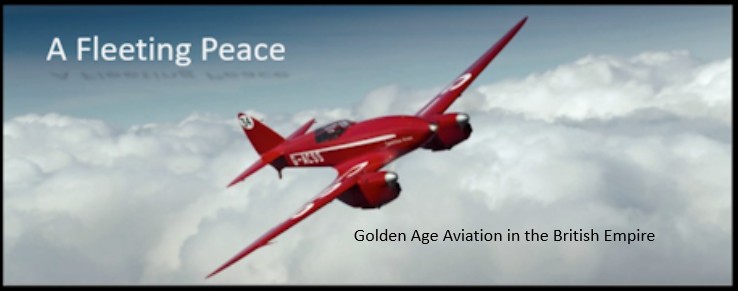


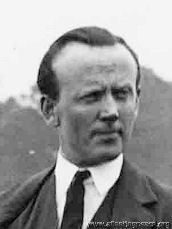




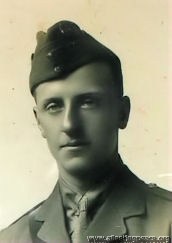
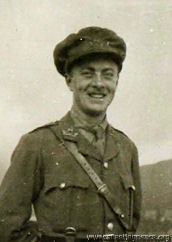

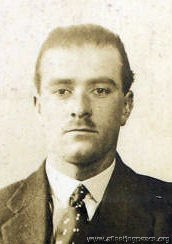

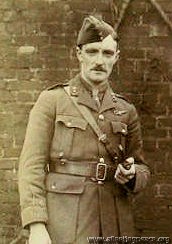
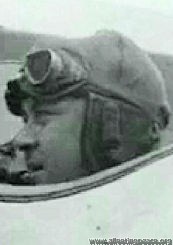

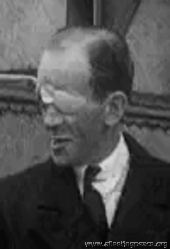
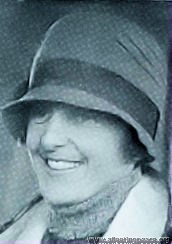
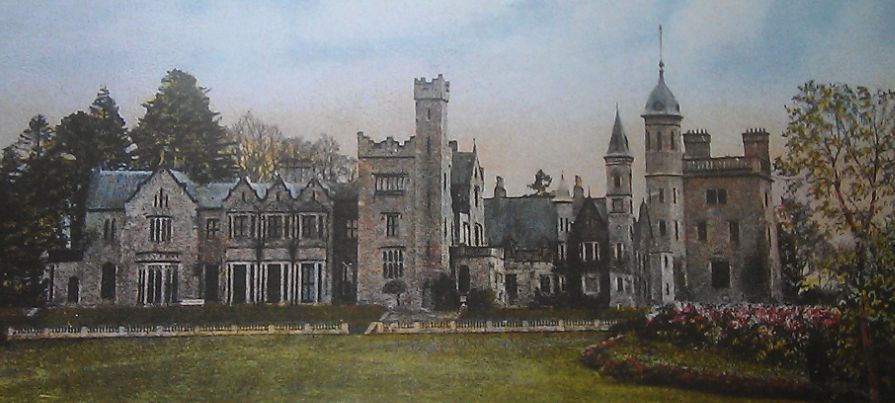 www.monaghan.ie/museum
www.monaghan.ie/museum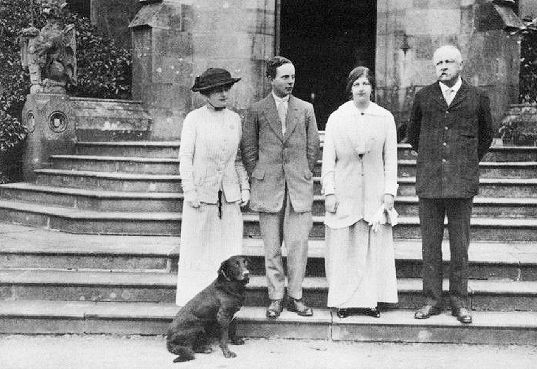 Throttle Full Open
Throttle Full Open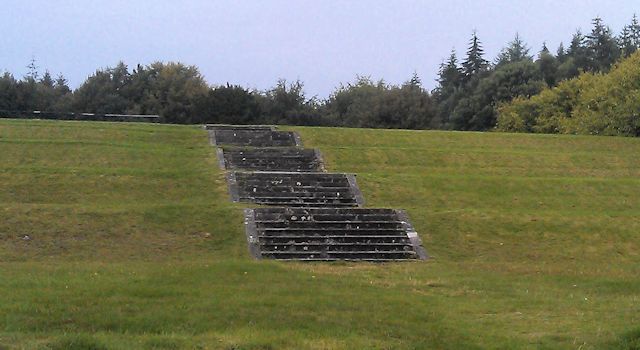
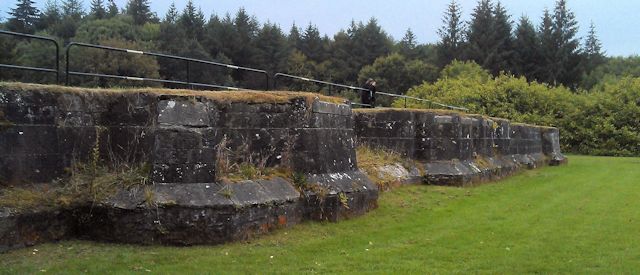
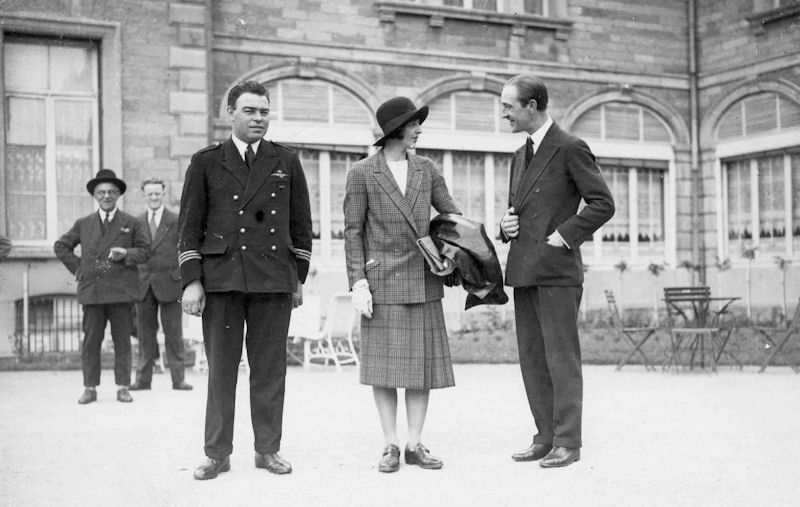
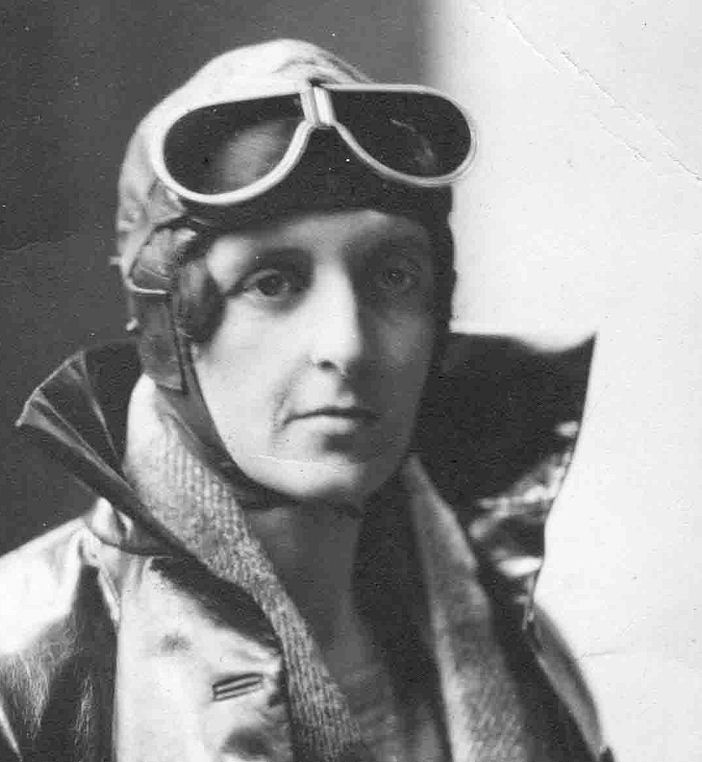
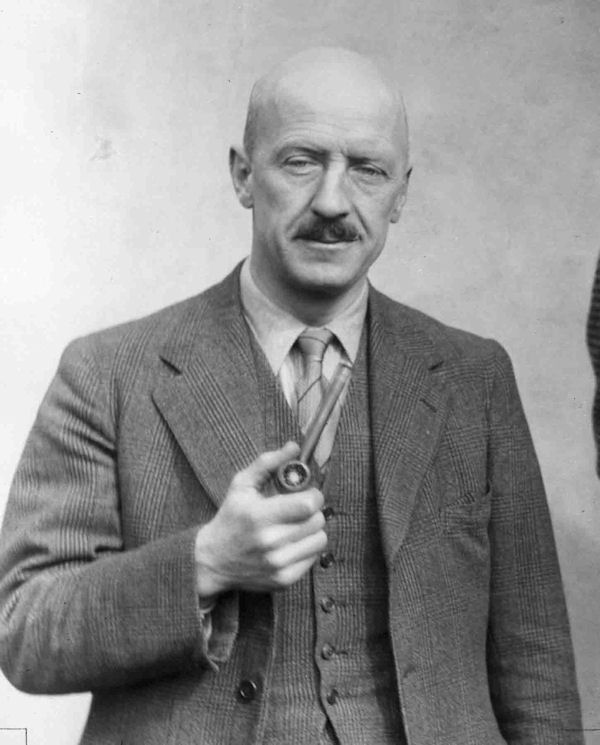
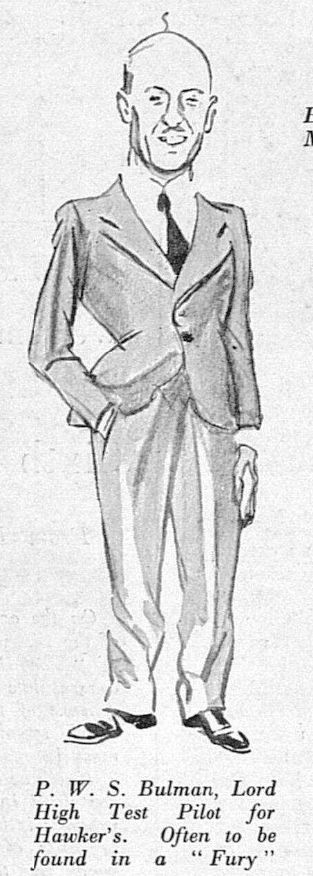 The Bystander Special Aviation Edition, 1933
The Bystander Special Aviation Edition, 1933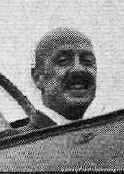 seated in a prototype Hurricane c.1946
seated in a prototype Hurricane c.1946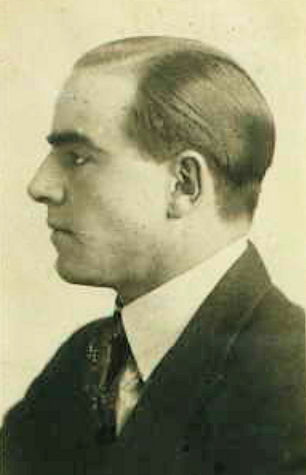 RAeC 1922
RAeC 1922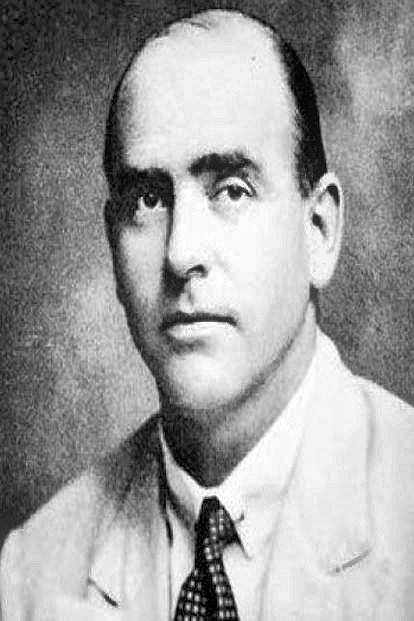 Ancestry
Ancestry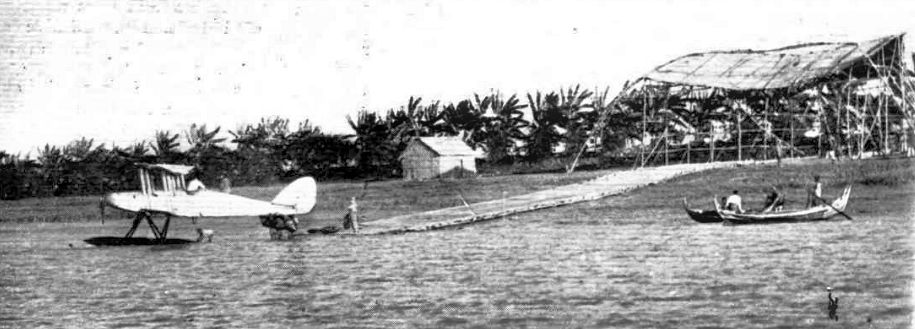
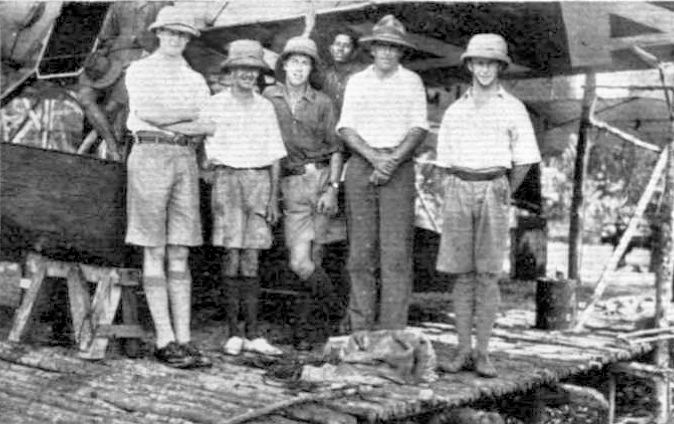 "Flight"
"Flight"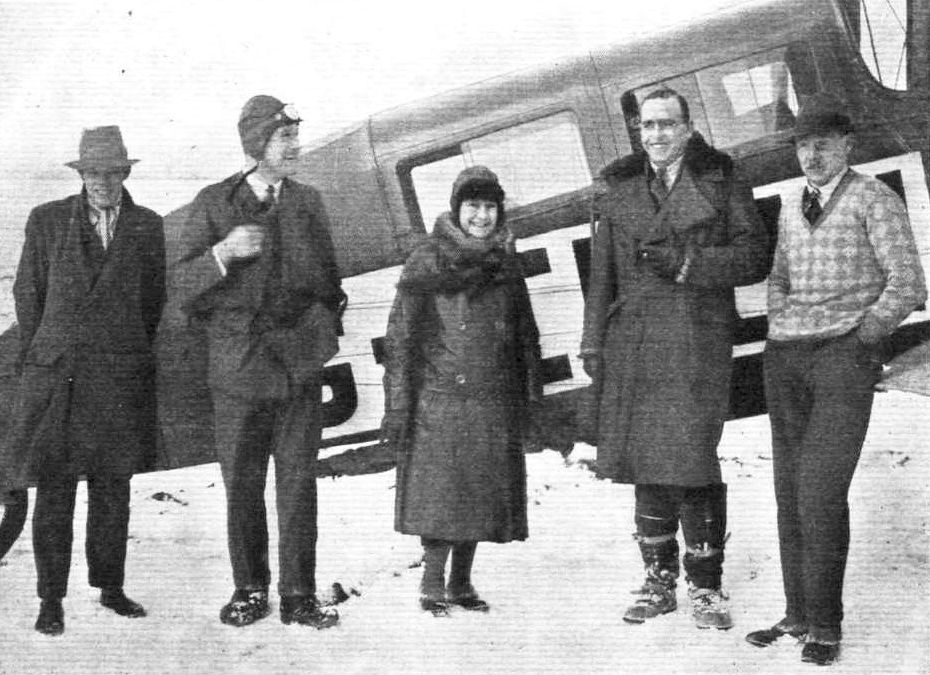 5 Jan 1928
5 Jan 1928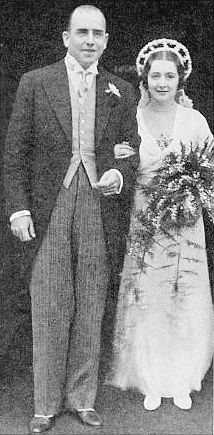

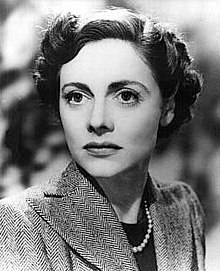
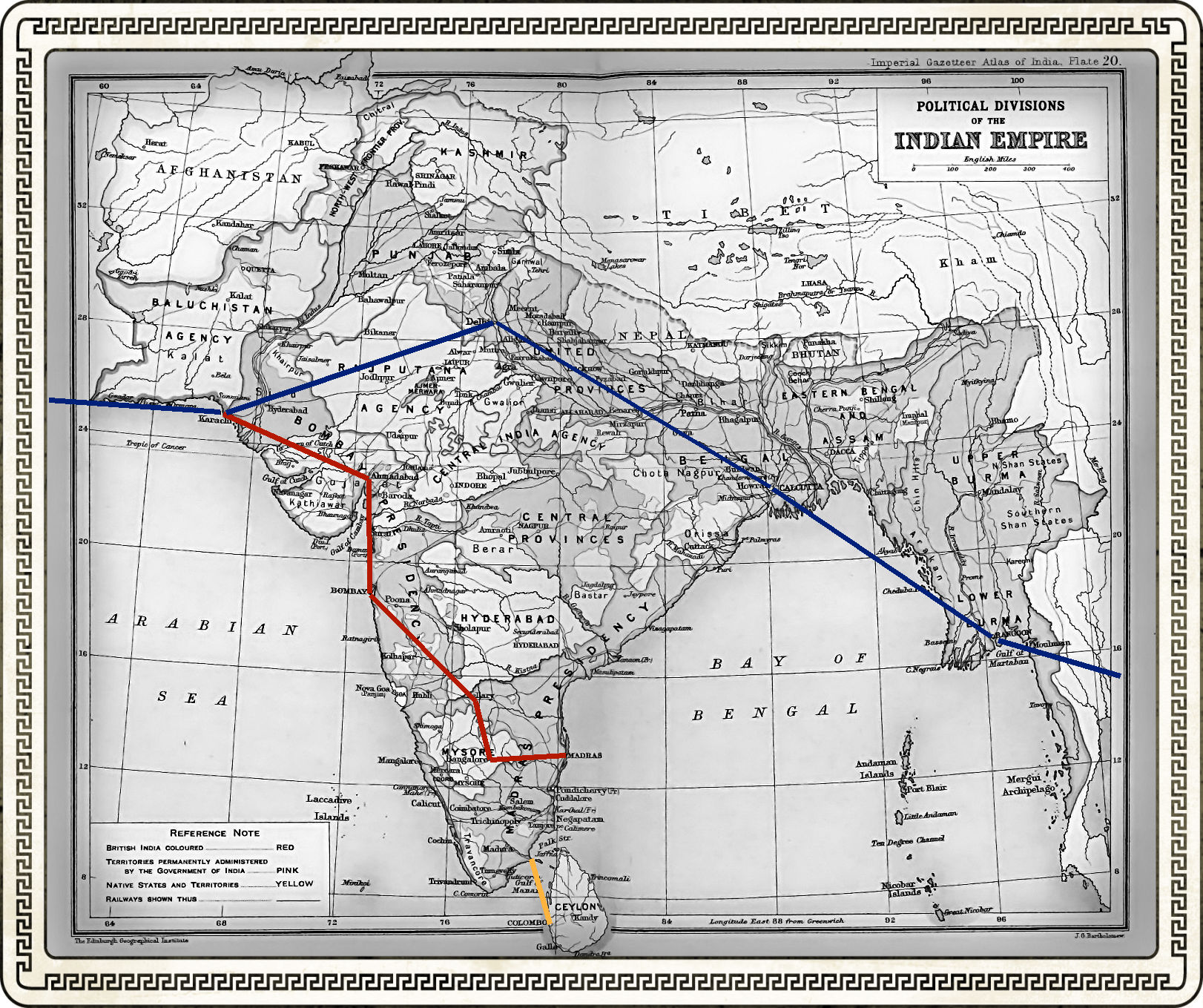
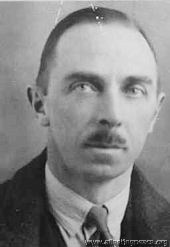 Sir Fredrick Tymms
Sir Fredrick Tymms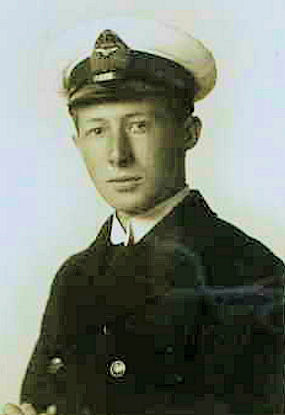 Harold l'Estrange Tyndale-Biscoe MBE
Harold l'Estrange Tyndale-Biscoe MBE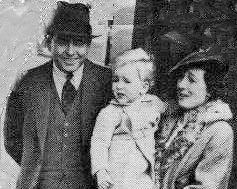

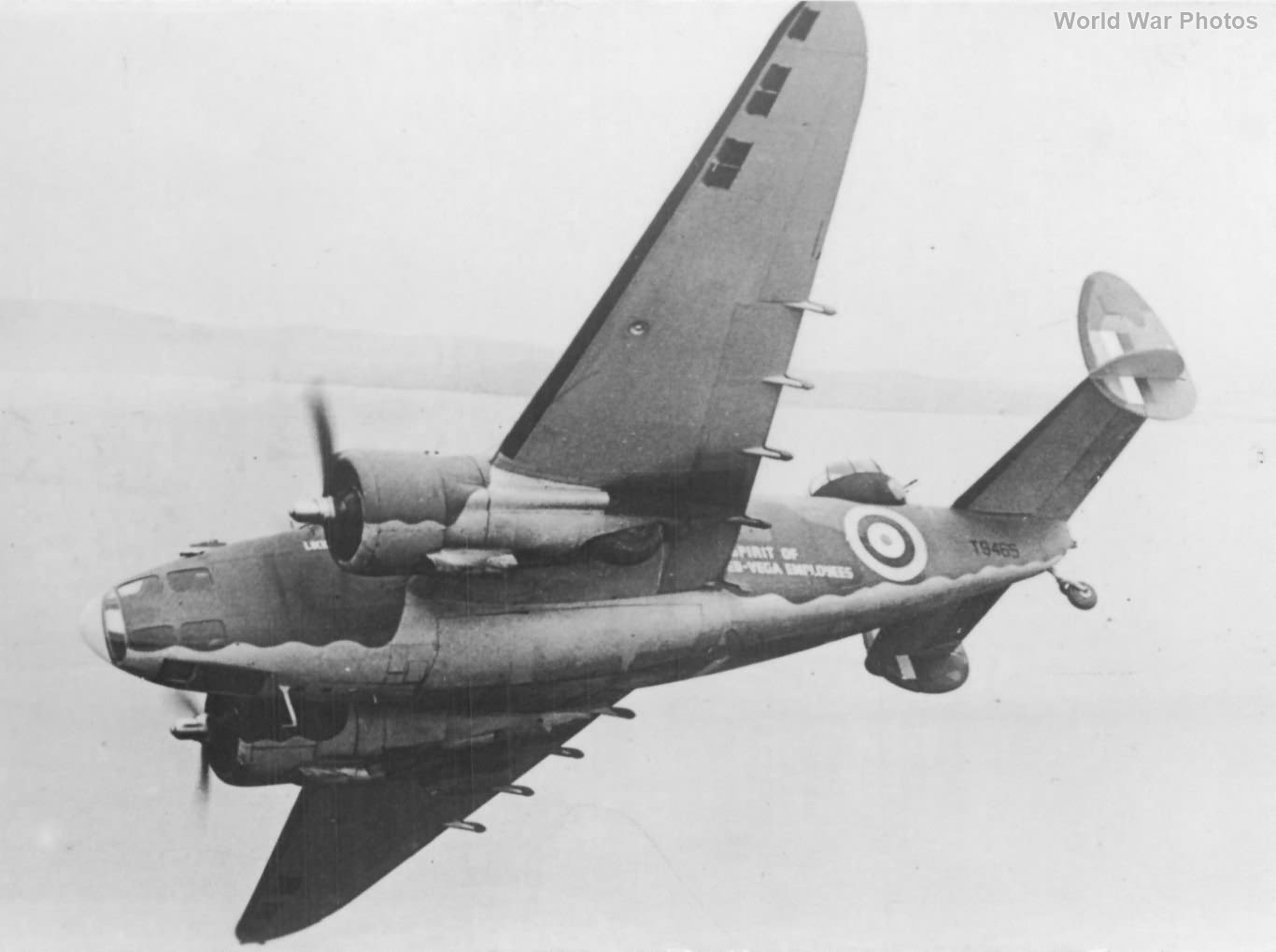
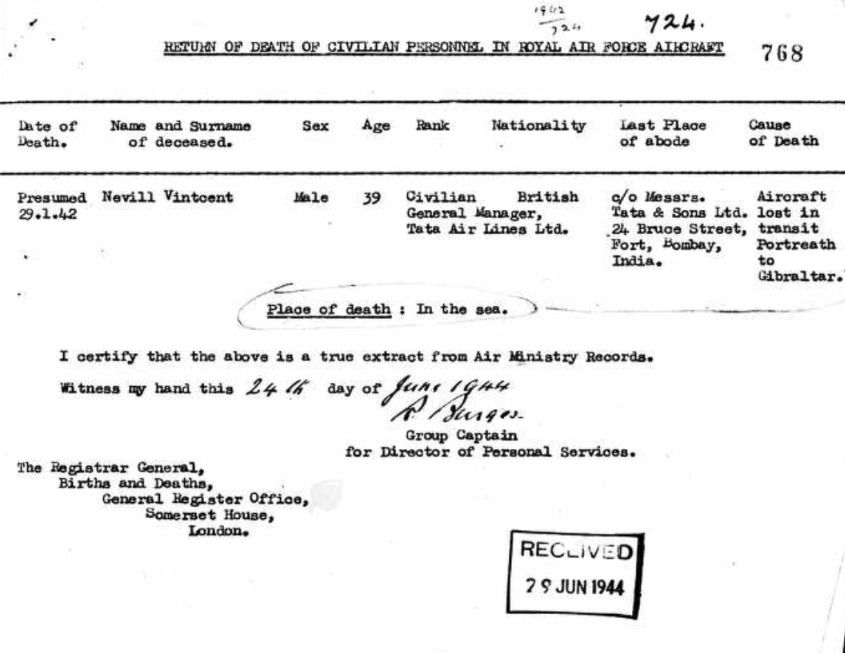
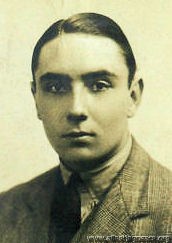 1926, aged 20
1926, aged 20
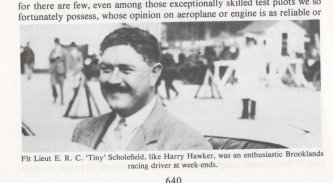 Penrose
Penrose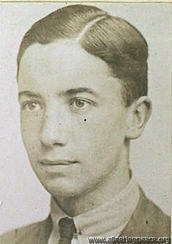 1918, when a 2nd Lieut in the RAF, aged 20
1918, when a 2nd Lieut in the RAF, aged 20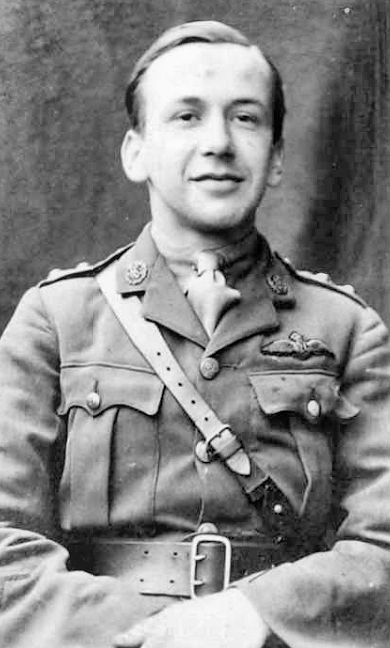 1917
1917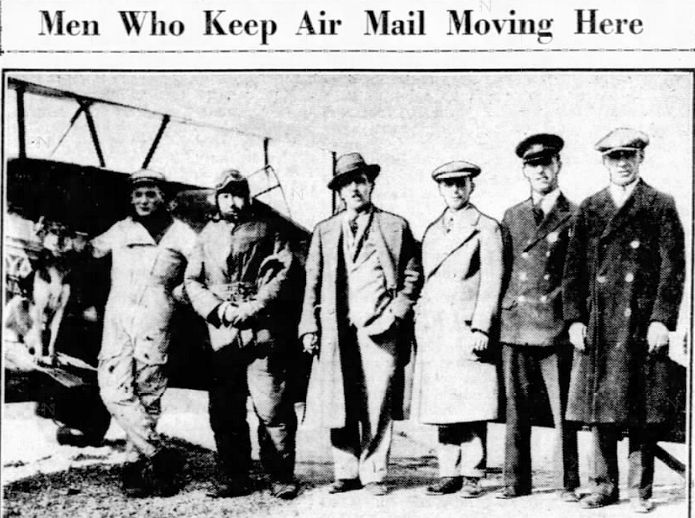
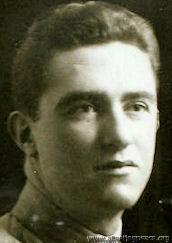
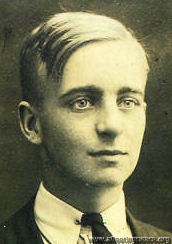 1926, aged 21
1926, aged 21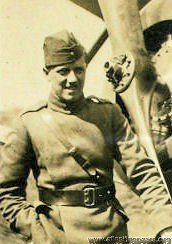 1917, when a 2nd Lieut in the RFC, aged 20
1917, when a 2nd Lieut in the RFC, aged 20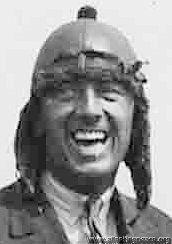 1928, aged 31
1928, aged 31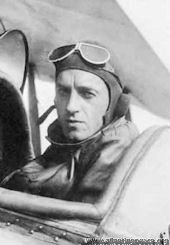 1916
1916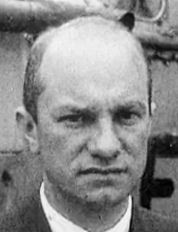 Then in August 1927 he was asked by wealthy American businessman Charles A Levine to try an east-west trans-Atlantic flight in the Bellanca monoplane NX237 'Miss Columbia'.
Then in August 1927 he was asked by wealthy American businessman Charles A Levine to try an east-west trans-Atlantic flight in the Bellanca monoplane NX237 'Miss Columbia'.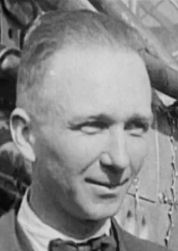 Clarence Chamberlin had set the world long-distance record flying from New York to (near) Berlin in this aeroplane, with Levine as passenger; indeed, they had missed being the very first 'long' trans-Atlantic flight by only a few days.
Clarence Chamberlin had set the world long-distance record flying from New York to (near) Berlin in this aeroplane, with Levine as passenger; indeed, they had missed being the very first 'long' trans-Atlantic flight by only a few days.